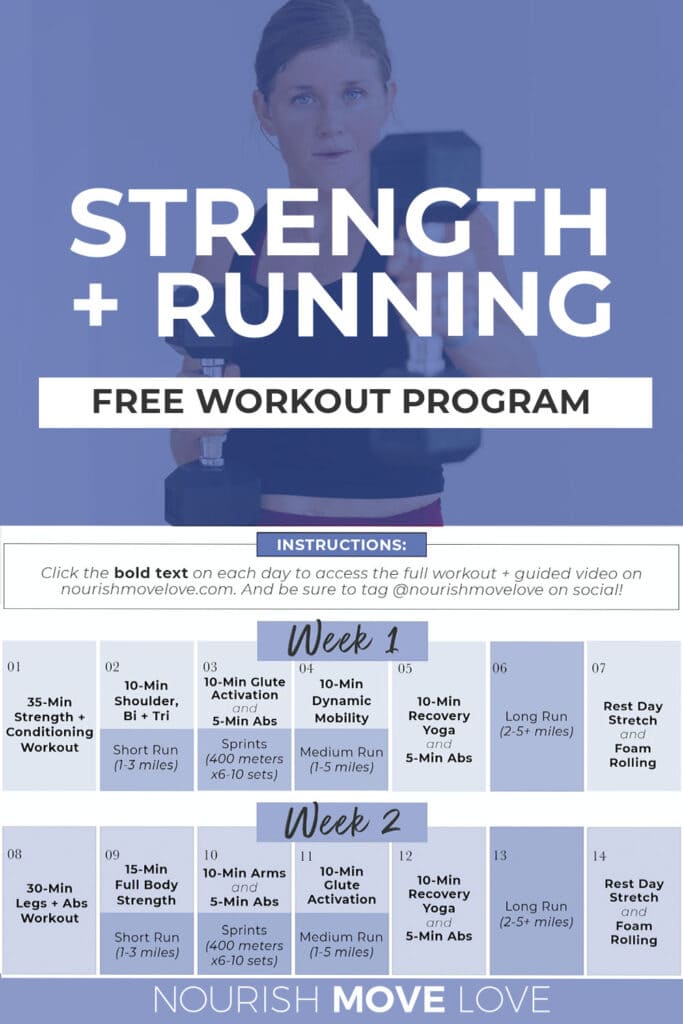The Ultimate Running Strategy Overview: Achieve Your Physical Fitness Goals
The Ultimate Running Strategy Overview: Achieve Your Physical Fitness Goals
Blog Article
Handling Typical Running Pains: Causes, Solutions, and Prevention
As runners, we commonly encounter different pains that can hinder our efficiency and satisfaction of this physical task. By exploring the root factors for these operating pains, we can uncover targeted remedies and precautionary steps to ensure a smoother and extra fulfilling running experience.
Typical Running Discomfort: Shin Splints
Shin splints, a common running discomfort, usually result from overuse or inappropriate shoes during exercise. This condition, medically recognized as medial tibial stress and anxiety disorder, shows up as pain along the internal edge of the shinbone (shin) and is widespread among athletes and joggers. The recurring stress and anxiety on the shinbone and the tissues attaching the muscle mass to the bone results in inflammation and pain. Joggers that rapidly boost the strength or duration of their workouts, or those that have level feet or improper running strategies, are especially vulnerable to shin splints.
To stop shin splints, people should slowly raise the strength of their exercises, use proper footwear with proper arch assistance, and preserve versatility and toughness in the muscular tissues surrounding the shin (running strategy). Additionally, integrating low-impact activities like swimming or cycling can help preserve cardio health and fitness while permitting the shins to heal.
Common Running Discomfort: IT Band Disorder
In enhancement to shin splints, one more prevalent running pain that professional athletes usually come across is IT Band Disorder, a condition triggered by inflammation of the iliotibial band that leaves the external thigh and knee. IT Band Disorder typically shows up as pain on the outside of the knee, particularly throughout activities like running or cycling. The iliotibial band is a thick band of fascia that connects the hip to the shin, and when it becomes irritated or tight, it can massage against the upper leg bone, leading to pain and discomfort.
Runners experiencing IT Band Syndrome may observe a stinging or hurting sensation on the external knee, which can intensify with ongoing task. Elements such as overuse, muscular tissue discrepancies, incorrect running form, or insufficient warm-up can contribute to the development of this condition. To stop and minimize IT Band Syndrome, runners must focus on extending and enhancing exercises for the hips and upper legs, correct shoes, gradual training development, and attending to any type of biomechanical issues that might be intensifying the trouble. Disregarding the symptoms of IT Band Disorder can lead to chronic issues and extended healing times, highlighting the importance of very early treatment and correct administration strategies.
Common Running Pain: Plantar Fasciitis

Plantar Fasciitis can be credited to different elements such as overtraining, inappropriate shoes, running on difficult surface areas, or having high arcs or level feet. To protect against and minimize Plantar Fasciitis, joggers can incorporate extending workouts for the calf bones and plantar fascia, use supportive shoes, keep a healthy weight to lower strain on the feet, and slowly boost running intensity to prevent abrupt tension on the plantar fascia. If symptoms linger, it is recommended to consult a health care expert for appropriate diagnosis and treatment alternatives to address the problem properly.
Common Running Discomfort: Runner's Knee
After addressing the challenges of Plantar Fasciitis, an additional common issue that runners commonly face is Runner's Knee, a common running discomfort that can prevent athletic performance and trigger pain during exercise. Jogger's Knee, also referred to as patellofemoral discomfort syndrome, shows up as pain around or behind the kneecap. This condition is usually credited to overuse, muscular tissue inequalities, incorrect running techniques, or issues with the placement of the kneecap. Joggers experiencing this pain might really feel a dull, hurting discomfort while running, going up or down stairs, or after extended periods of resting. To avoid Runner's Knee, it is important to incorporate correct workout and cool-down routines, maintain strong and balanced leg muscular tissues, wear suitable footwear, and slowly raise running strength. If signs and symptoms persist, looking for guidance from a medical care expert or a sports medicine professional is suggested to identify the underlying cause and develop a customized treatment strategy to minimize the discomfort and avoid additional complications.
Usual Running Discomfort: Achilles Tendonitis
Typically affecting runners, Achilles Tendonitis is a painful condition that influences the Achilles tendon, causing discomfort and possible limitations in exercise. The Achilles ligament is a thick band of tissue that connects the calf muscles to the heel bone, crucial for tasks like running, leaping, and strolling - check this link. Achilles Tendonitis frequently establishes as a result of overuse, incorrect footwear, poor extending, or sudden increases in exercise
Signs of Achilles Tendonitis consist of discomfort and rigidity along the ligament, look at these guys specifically in the morning or after periods of inactivity, swelling that gets worse with task, and perhaps bone stimulates in chronic cases. To prevent Achilles Tendonitis, it is crucial to stretch appropriately before and after running, wear proper shoes with appropriate assistance, slowly enhance the strength of exercise, and cross-train to minimize recurring stress and anxiety on the ligament.
Final Thought

Report this page